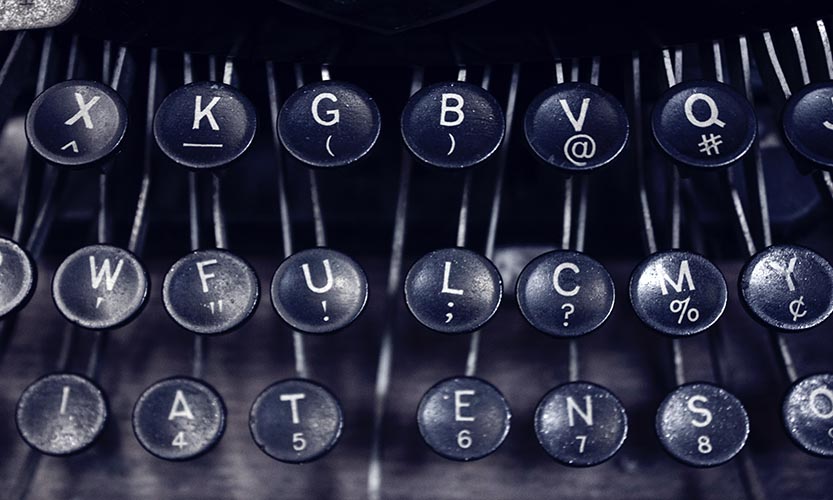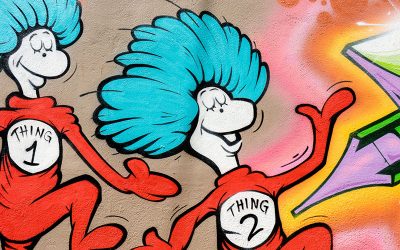I follow an idiosyncratic signal that tells me when to knock off creative work for the day. I spend long hours staring at either a computer screen or a yellow legal pad of paper when writing notes or preparing a first draft. But I do not decide upon a fixed length of time to do that staring.
I have never very much liked the letter “y.” I hate the way the tail hangs off a line of script. It looks unfinished to me. Unlike the letters “g” and “j,” there isn’t a subtle loop at the bottom to soften the hanging appendage and to return the readers gaze to the line of prose above it. Yes, I am well aware of the fact that this obsession is a strange one.
Usually, I can keep this aversion in check. It doesn’t bother me for most of the day. I can keep my phobia at bay and write with relative abandon, concerning myself with other matters, such as the actual content of the passage, or even the cadence of a sentence. These are the things that should concern a writer.
But at a certain point in the creative session (and it varies from day to day – I never know when it will crop up), I become fixated on this letter. I want to avoid it at all costs. I will begin to search for alternatives to perfectly fine words that just happen to contain this wretched letter. The sentences on the page become contortioned, as they grammatically fold upon themselves to satisfy this nutty urge of mine.
I know it is time to stop. Turn off the computer. Put the pad of paper in a drawer. Walk away from the desk. Nothing good is going to be produced once I have reached this state of mind.
But I have made peace with this strange fixation. Instead of evidence of some mental imbalance, I now look at it as a gentle reminder that the mind has had enough for the day. I don’t have to rely upon the strictures of the clock. Look for those points of tension within your own creative work that may also intuitively suggest when you have put in enough time in your studio or at your desk. Let your own unconscious guide you through the day.




